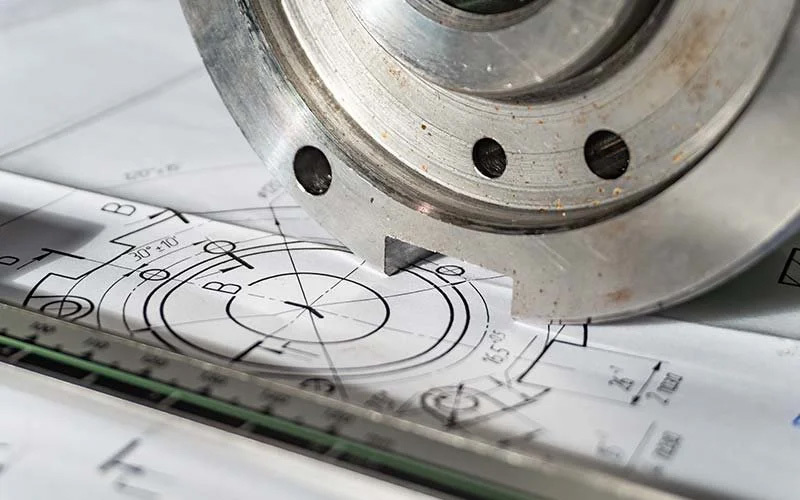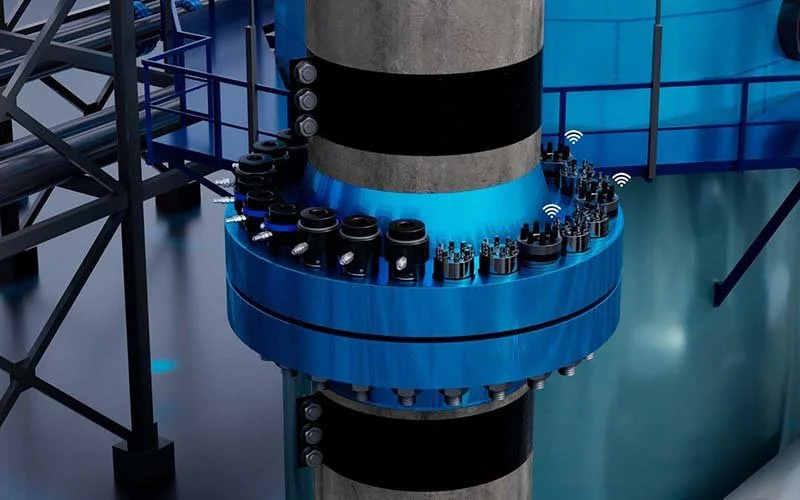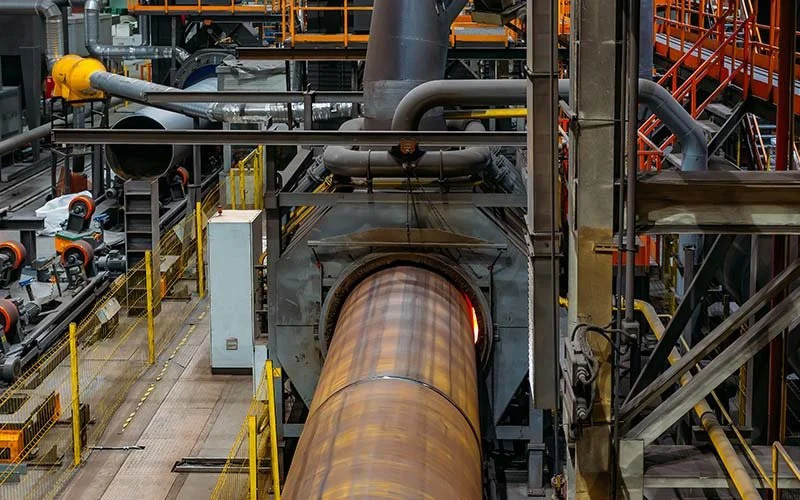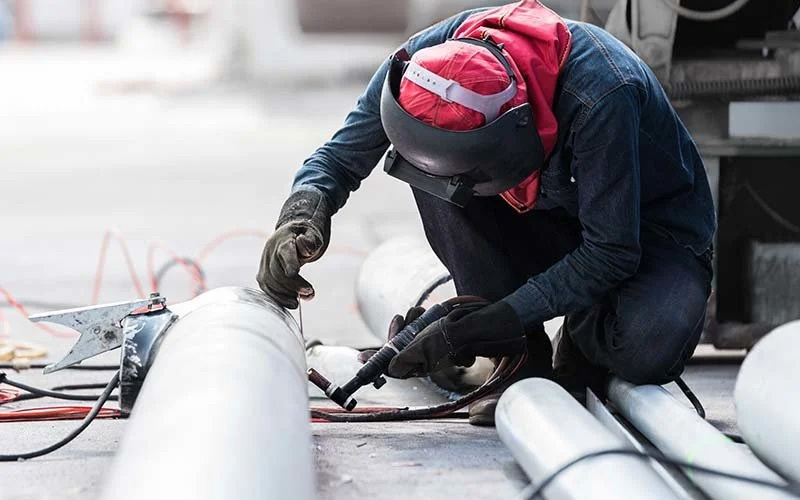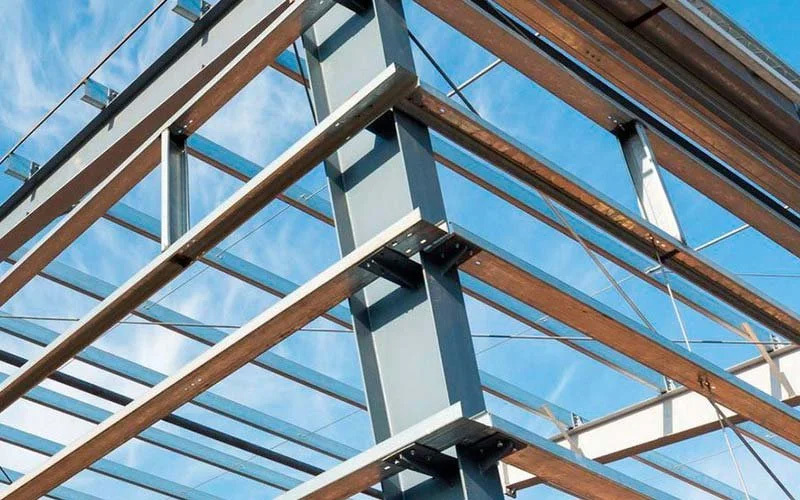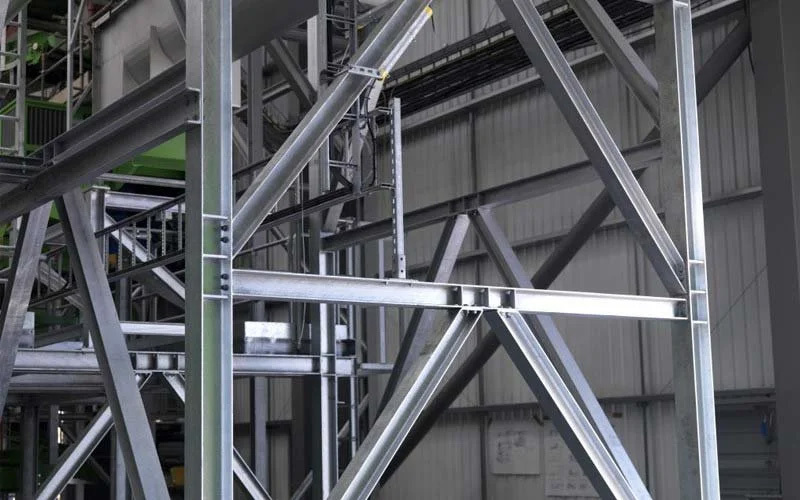Anticorrosion method for inner and outer walls of water supply steel pipe
Release Time:
2019-08-26
In projects such as modern energy construction and urban municipal infrastructure construction, more and more steel pipes are laid underground.
In projects such as modern energy construction and urban municipal infrastructure construction, more and more steel pipes are laid underground.
The Taiyuan Urban Water Supply Project, the source of the Yellow River, is currently being implemented to lay a water supply network within the city. The diameter of the pipeline is DN300mm-DN2220mm, and the total length is 163km. The large-diameter pipelines are all made of steel pipes. In order to ensure the quality of the project and prolong the service life of the steel pipes, the anti-corrosion of the inner and outer walls of the steel pipes is extremely important. There are many factors for the corrosion of underground pipelines, such as the pH value of the soil in the area where the pipeline is laid, grass roots and tree roots will penetrate the general coating, etc. The inner wall of the water supply steel pipe is made of cement mortar, and the outer wall is made of epoxy coal tar pitch paint for anticorrosion. After years of engineering practice, it has been proved to be a very effective anticorrosion method. In addition to the outstanding advantages of easy material acquisition, low price, and long service life, the anticorrosion of the inner wall of cement mortar also has the following advantages:
First, cement mortar anti-corrosion has non-toxic, harmless substance impregnation and no reproduction, which effectively controls the occurrence of chloroform in the secondary pollution of the pipeline, ensures that welding defects will change and develop during operation, and will make the weld effective The section is weakened, the strength is reduced, and the stress concentration is caused, which eventually leads to a leak. Endurance strength tests at operating temperatures have shown that fracture generally always occurs in the weld and its heat-affected zone. Therefore, for alloy steels with more alloying elements, preheating should be carried out before welding to reduce the thermal stress during welding, and tempering or slow cooling should be carried out after welding to improve the weld structure, eliminate welding residual stress, and prevent the occurrence of Cracks, the quality of drinking water.
Second, cement mortar anti-corrosion has good anti-seepage, anti-leakage and anti-explosion properties, which ensures the safety of pipelines.
The third cement mortar anti-corrosion increases the flow of the pipeline, and its resistance coefficient is <0.012, which can be reduced after use. Therefore, the use of gurgling mortar for the anti-corrosion of the inner wall of the steel pipe has greater advantages than the use of petroleum asphalt and coal tar asphalt. It has been widely used in engineering. The inner wall of the water supply steel pipe adopts the anti-corrosion mechanism of cement mortar. The main reason is that the cement mortar penetrates into the Ca(OH)2 solution on the steel pipe wall, so that the pH value between the cement mortar and the metal is as high as 12 or more, forming a white passivation layer to protect the steel pipe. Free from oxidation, up to isolation and electrochemical protection. The anticorrosion of the outer wall of epoxy coal tar pitch will prevent the erosion of various factors on the pipeline, and it is an ideal anticorrosion coating for the exterior of underground pipelines. It not only has the cheapness, acid resistance, alkali resistance and water resistance of coal tar pitch, but also has the adhesion, mechanical strength and solvent resistance of epoxy resin. Theoretical research and practice have shown that the corrosion resistance, physical and mechanical properties and service life of the epoxy coal tar pitch anti-corrosion coating are mainly related to the treatment of the metal surface, the pretreatment of the glass cloth, the arrangement of the glass cloth, and the ratio of the glass cloth to the paint. content, the quality construction operation of the paint itself, and the temperature, temperature, and dust factors of the construction environment. the
Three Measures to Improve the Reliability of Superheater and Reheater
1. Adhere to the whole process management of equipment
Strengthen quality control in boiler modeling, design, manufacture, installation, operation and maintenance. In the design, avoid slagging and ash accumulation, flue gas corridors, and large hydrodynamic and thermal deviations. At the same time, inspections and inspections should be strengthened from the aspect of operation, and measures should be taken in time to prevent accidents from expanding and damaging other heating surface tubes if leakage is found.
2. Using advanced detection methods
The techniques for diagnosing the remaining life of pipelines include the stress analysis method of theoretical calculation, the destructive nondestructive testing method of cutting test samples from actual components, etc., and the effective remaining life management of pipelines on the heating surface should be done well. Safety supervision of boilers and pressure vessels and metal supervision should be strengthened. Management of water quality supervision and management can effectively prevent pipe burst accidents.
3. Technical transformation of the soot blowing system
Take high temperature anti-corrosion measures to protect the metal on the heating surface to slow down the wear rate. Establish a special anti-wear and explosion-proof team, system, and include people in daily management work, do a good job of monitoring the metal temperature of the pipe wall during operation, and prevent overheating. During the overhaul and temporary repair of boilers, regular and planned inspections should be carried out on the external corrosion, swelling, tearing and wear of the heating surface to determine reasonable maintenance quality standards.
Label:
Relevant Information






